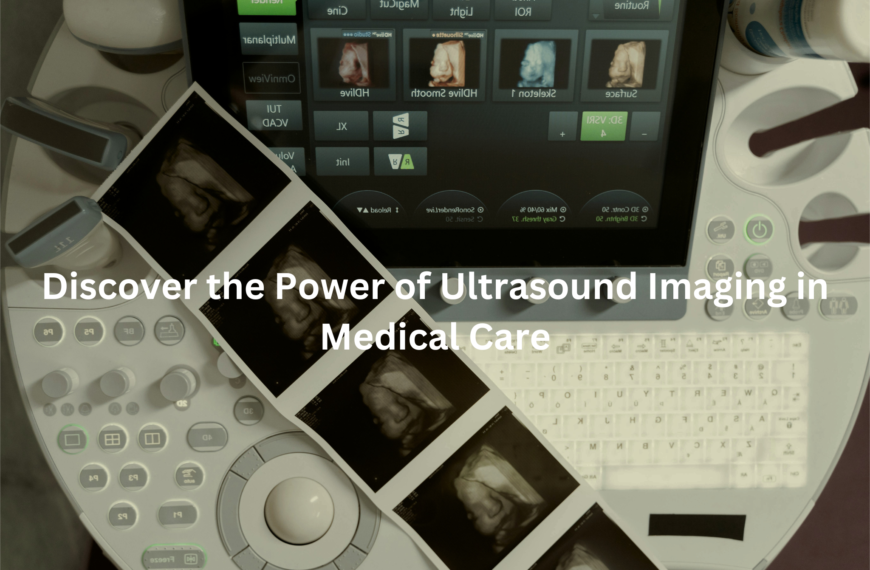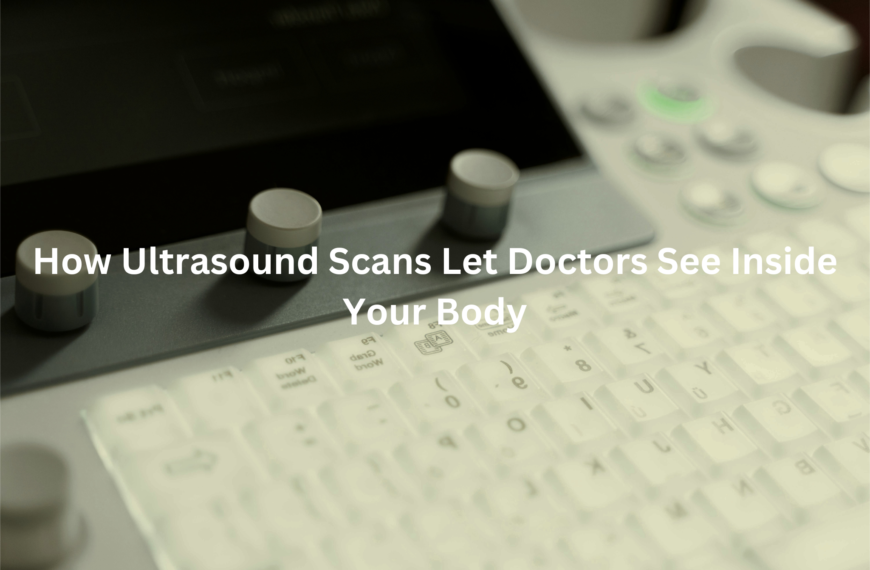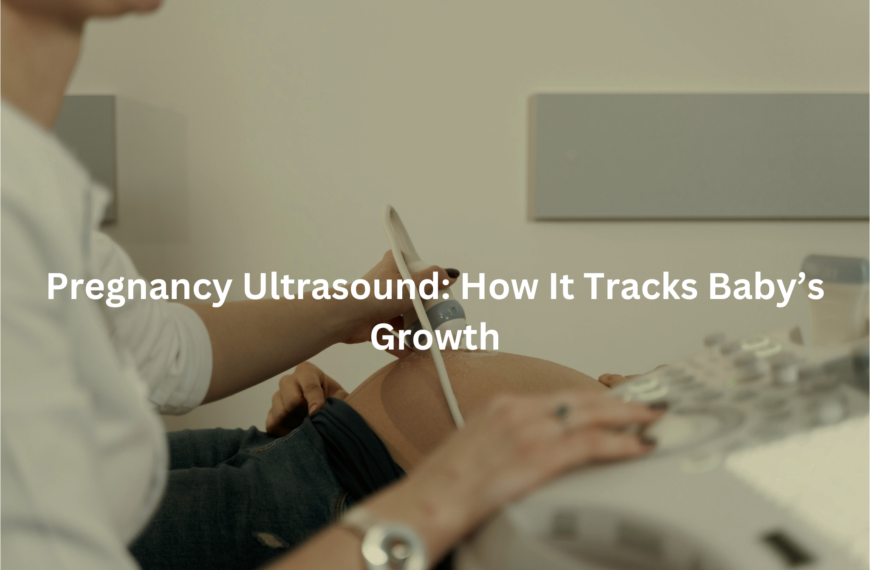Learn how mammograms detect breast cancer early, why they’re important, and what to expect during the procedure.
A mammogram is a vital tool in the early detection of breast cancer, using low-dose X-rays to capture images of the breast tissue. This procedure is especially important for women aged 40 and over to identify abnormalities before they can be felt. Whether for routine screening or investigating specific symptoms, mammograms play a crucial role in the early diagnosis and treatment of breast cancer.
Key Takeaways
- Mammograms help detect breast cancer early, improving treatment outcomes.
- The procedure involves gentle compression of the breast for clearer images.
- Regular screenings are essential for women over 40 or those at higher risk.
What is a Mammogram
A mammogram is an X-ray test used to detect and diagnose breast conditions like cancer, benign tumours, and cysts. It can identify changes in the breast long before they become noticeable to the patient or doctor, often years before any symptoms show. The test uses a low-dose X-ray system to look inside the breast tissue, making it a crucial tool for early detection.
There are two main types of mammograms:
- Screening Mammogram: A routine check for women with no symptoms of breast cancer. This typically involves two X-rays of each breast.
- Diagnostic Mammogram: Used when something unusual, like a lump or pain, is noticed, either during a screening or a self-examination.
Mammograms are essential for spotting potential issues early, allowing for better treatment options and outcomes. Regular screenings, starting at the recommended age, play a key role in maintaining breast health.
When to Start Mammograms: Age and Risk Factors
For most women, mammogram screening is recommended to start at 40 years of age. This is because the risk of breast cancer tends to increase with age, particularly after 40.
Health organisations across Australia recommend this starting age for routine checks, as early detection can significantly improve treatment outcomes. However, women with certain risk factors may need to begin screening earlier or have more frequent tests.
- Family History: If you have a family history of breast cancer, it’s a good idea to speak with your doctor about when to start regular screenings.
- Dense Breasts: Dense breast tissue can make it harder to interpret mammogram results, so additional imaging may be needed.
- Other Risk Factors: If you have other factors like previous breast cancer or genetic markers, earlier or more frequent screenings may be required.
In these cases, your doctor may suggest genetic testing or advanced imaging techniques to ensure the best monitoring of your breast health.
How Mammograms Work: The Process
Mammography is a straightforward procedure, though it can be a bit uncomfortable. Here’s how it works:
First, you’ll be asked to stand in front of the machine, remove your top and bra, and put on a wrap for modesty. The technician will position your breast on a plastic plate, then another plate will lower to apply gentle pressure. This compression flattens the breast tissue, which helps create a clearer image. The pressure can feel uncomfortable, but it only lasts for a few seconds for each breast.
- Breast Compression: Vital for clearer images, though it may be briefly uncomfortable.
- Multiple Angles: The X-ray captures images from different angles to get a full view of your breast tissue.
- Quick Procedure: The entire process takes about 15 minutes.
While the discomfort is temporary, mammography is key for detecting even small changes in your breast tissue, often before they can be felt.
Understanding Mammogram Results: What to Expect
After your mammogram, a radiologist will review the images. If everything looks normal, that’s great news. But if something unusual is spotted, it doesn’t automatically mean cancer.
- Abnormal Results: Don’t stress – fewer than 1 in 10 women called back for further tests are diagnosed with cancer.
- Possible Causes: Abnormal results can often be due to non-cancerous conditions like cysts or fibroadenomas.
- Next Steps: If there’s any concern, you may be asked to have follow-up tests, such as a biopsy, ultrasound, or a more detailed diagnostic mammogram.
Even if your results are concerning, it’s important to remember that many non-cancerous factors can cause abnormal findings. Your doctor will help guide you through the next steps, so it’s always best to have a chat with them about your options.
Benefits and Risks of Mammography
Credits: Denver 7
Mammograms can be a lifesaver, as they help detect breast cancer early, often before it can be felt by you or your doctor. Catching cancer early can make treatment easier and more effective, improving survival rates.
However, there are a few risks to be aware of:
- False Positives: The test may suggest cancer when it’s not present, leading to unnecessary stress, biopsies, or even treatments.
- False Negatives: Sometimes, the test might miss cancer, delaying crucial treatment.
- Radiation Exposure: While mammograms involve a small amount of radiation, the dose is minimal.
While the benefits of detecting breast cancer early generally outweigh the risks, it’s important to have a chat with your doctor, especially if you have a family history of breast issues. They can help you make the best decision for your health.
3D Mammograms: What Are They and How Do They Compare
You may have heard of 3D mammograms, also known as tomosynthesis. These are similar to traditional 2D mammograms but provide a more detailed view. Instead of just one image, a 3D mammogram captures multiple images of the breast from different angles, offering a clearer and more comprehensive look at the tissue.
The key advantage of 3D mammograms is their ability to detect smaller cancers or abnormalities that might not be visible on a standard 2D mammogram. This is particularly helpful for women with dense breasts. 3D imaging also reduces the number of false positives and unnecessary biopsies, which can be a significant relief.
- Better Detection: Identifies small abnormalities, especially in dense breast tissue.
- Reduced False Positives: Lowers the chance of unnecessary follow-ups.
- When Recommended: Your doctor might suggest a 3D mammogram if you have dense breasts or are at higher risk of breast cancer.
While not always necessary, 3D mammograms are a valuable tool for early and accurate detection.
Breast Density and Its Impact on Mammograms
Breast density refers to the amount of fibrous or glandular tissue in your breasts compared to fatty tissue. Women with denser breasts have more of the former, which can make mammograms harder to interpret. Dense tissue and abnormal growths both appear as white spots on the X-ray, which can make it difficult to spot potential issues.
If you have dense breasts, your doctor might recommend additional imaging tests, like an ultrasound or MRI, to provide a clearer picture and help detect abnormalities that might not be visible on a mammogram.
- Impact of Breast Density: Dense tissue can obscure tumours on a mammogram.
- Additional Imaging: An ultrasound or MRI may be suggested for more accurate results.
- Patient Information: In Australia, doctors are required to inform patients about their breast density following a mammogram.
Knowing your breast density is important for understanding your risk and ensuring the most accurate care. (1)
Preparing for Your Mammogram: Tips and Recommendations
Preparing for a mammogram is fairly simple, but there are a few things to keep in mind to make the experience as smooth as possible:
- Timing is key: If you have regular menstrual cycles, try to schedule your mammogram for the week after your period. This is when your breasts are likely to be less sensitive, making the compression a bit more comfortable.
- Skip deodorants and lotions: On the day of your mammogram, avoid applying deodorant, perfume, or any powders. These can appear on the X-rays and cause confusion in the results.
- Wear the right clothes: Choose a top with pants or a skirt instead of a dress. You’ll need to remove your top for the procedure, and this will make the changeover easier.
- Consider special circumstances: If you have breast implants, let the technician know. Implants can sometimes obscure part of the breast tissue, so special techniques might be needed.
- Pregnancy considerations: If you’re pregnant or think you might be, inform your doctor beforehand. While mammograms are generally safe, your doctor may discuss alternatives, depending on your situation.
With a little planning, you can make your mammogram experience as smooth as possible. (2)
Conclusion
Mammograms are essential for early breast cancer detection and can save lives. Regular screenings, especially if you’re in the recommended age group or have risk factors, help catch issues early.
While there are risks, such as false positives and discomfort, the benefits—early detection and better treatment outcomes—often outweigh them. If you’re due for a mammogram or have concerns, speak to your doctor. Staying informed and proactive about your health is the best way to ensure peace of mind.
FAQ
What is a mammogram?
A mammogram is an X-ray image of the breast that helps detect early signs of breast cancer. It can identify small cancers or abnormal areas before they are noticeable, making it easier to treat when found early.
Why is a mammogram important for breast health?
Mammograms are essential for spotting changes in the breast tissue, such as lumps or abnormal areas. Detecting these early can improve treatment outcomes, especially for common cancers like breast cancer. Regular screenings help monitor changes in breast density and tissue, providing better cancer care.
Who should get a mammogram?
Women aged 40 and over should consider regular mammograms. However, if you have a family history of breast cancer or other risk factors, such as dense breasts or a high risk of breast cancer, you may need to start screenings earlier or have them more often.
What is the difference between a 2D and 3D mammogram?
A 3D mammogram (tomosynthesis) provides clearer, higher-quality images of the breast. It’s particularly helpful for women with dense breasts or those at higher risk, as it can detect small cancers that might not be visible on traditional 2D ray images.
References
- https://www.cancer.org.au/cancer-information/causes-and-prevention/early-detection-and-screening/breast-cancer-screening
- https://nbcf.org.au/about-breast-cancer/detection-and-awareness/mammograms/




